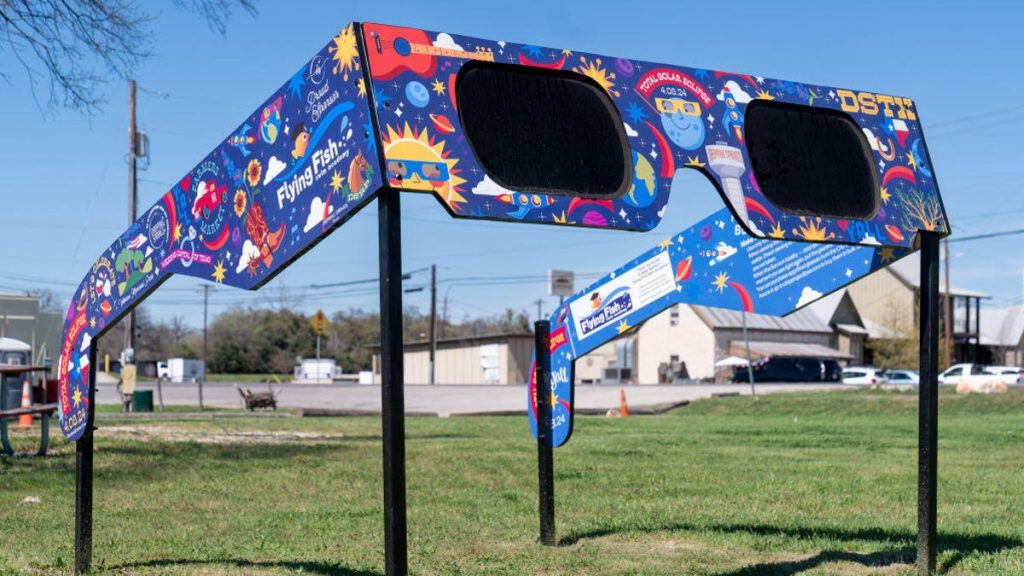The Solar Snap device-app combo was created by Douglas Duncan, a former astronomer, to help people capture photos of a solar eclipse while also protecting their eyes during the event. The Solar Snap kit includes a camera filter that attaches to an iPhone or Android phone, along with solar eclipse glasses. The free Solar Snap Eclipse app allows users to zoom in on the eclipse, adjust camera settings, and capture high-quality photos of the eclipse. Duncan developed the Solar Snap after witnessing people struggle to take photos of eclipses with their phones at previous events.
With the upcoming total solar eclipse on April 8, the Solar Snap device could be especially useful for those looking to capture the event and ensure eye safety. The Great American Eclipse is set to traverse North America from the Mexican Pacific coast to Maine, offering a rare viewing opportunity. However, looking at the eclipse without proper eye protection can lead to severe eye damage. Solar Snap aims to address this issue by providing filters for both the camera and eyes, allowing users to view and photograph the eclipse safely and effectively.
The Solar Snap app is designed with settings to optimize image quality and make it easy to capture photos during totality, the moment when the moon completely covers the sun. By automating the process and providing a simple interface, Solar Snap offers users a seamless way to photograph the eclipse without worrying about eye safety. The $19 Solar Snap kit includes two pairs each of the phone filter and protective eyewear, making it a convenient solution for eclipse photography.
In addition to using Solar Snap, photographers can follow some general tips for capturing the eclipse successfully. It is recommended to practice setting up equipment before the event to avoid any issues during the eclipse. Using a certified solar filter on a camera can protect the eyes and improve the quality of photos taken. While DSLR cameras may offer the best results, many people will use their smartphones for photography. NASA suggests manual focus adjustments and avoiding digital zoom for better images.
As millions of people prepare to experience totality during the upcoming eclipse, the demand for eclipse photography tips is high. Recommendations include using a certified solar filter, practicing setup beforehand, and avoiding digital zoom on smartphones. Remembering to enjoy the eclipse experience, rather than getting too caught up in taking photos, is also important. Whether using advanced camera gear or a smartphone, individuals can make the most of the rare viewing opportunity presented by the total solar eclipse on April 8.


